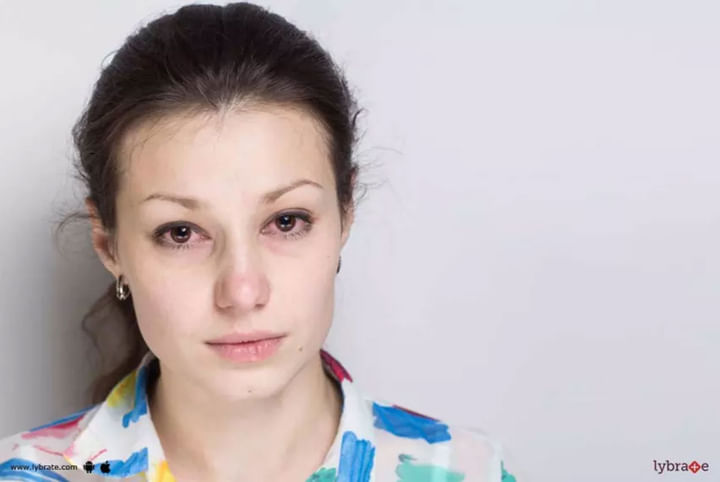Get the App
For Doctors
Login/Sign-up
Last Updated: Oct 23, 2019
BookMark
Report
Corneal Diseases - 10 Most Important & Common Facts About Them!
The cornea is a highly organized and advanced tissue present in the eye. It is one of the few tissues in the body that doesn't contain any blood vessels. It nourishes itself from the aqueous humor (or tears). The cornea has three different layers with two membranes embedded in it. Every membrane has its own set of functions.
Here is a list of 10 important facts about the cornea and corneal diseases:
- The cornea plays a pivotal role in helping the eye to focus on the light rays that enter it. Approximately 70 percent of the focusing power comes from the cornea. The cornea, along with the lens, is responsible for reflection and refraction in the eye.
- The epithelium is the outermost layer of the cornea. It restricts the entry of foreign particles into the eye and absorbs oxygen. This membrane is followed by the Bowman's membrane. The third layer is known as the stroma. It is responsible for the eye's elasticity and strength. The fourth layer is called the Descemet's membrane. This is a protective layer that safeguards the eye from any injury. The last layer is known as the endothelium. The primary task of this layer is to pump excess fluid into the other layers of the eye.
- Tears play a key role for an eye to function properly. Tears have three layers, namely lipid, aqueous and mucin. It helps the eye to heal any possible wounds and infection.
- The cornea, for the most part, heals by itself. Deeper injuries of the cornea can result in vision loss. Some of the common symptoms of corneal diseases are light sensitivity, pain in the eye, redness and reduced vision.
- The most common of eye allergies are caused due to pollen. This often happens when the weather is dry or warm. Some common symptoms include burning sensation, redness, tearing and stinging.
- The eye encounters a condition called 'dry eye' wherein the quantity of tears reduces, thereby creating a problem for lubrication. An ophthalmologist should be immediately consulted if this condition is encountered.
- Corneal dystrophy is a condition that clouds the cornea. It is a gradual progression and often affects both the eyes. It is usually inherited and can affect healthy individuals as well.
- Keratoconus is an eye condition that thins the cornea over a period of time. It is mostly prevalent among young adults. This condition results in changing the shape of the cornea and development of an outward bulge.
- Shingles is a recurrence of the viral infection caused by the Vatic El - La Zoster Virus. This virus has the capability to remain dormant inside the eye. It can become active after many years of dormancy and affect the cornea by travelling through the optic nerve. Doctors mostly prescribe an oral antiviral treatment to avoid inflammation.
- Some advanced treatment for corneal diseases includes corneal transplant surgery, anterior lamellar keratoplasty and endothelial lamellar keratoplasty.
In case you have a concern or query you can always consult an expert & get answers to your questions!



+1.svg)
